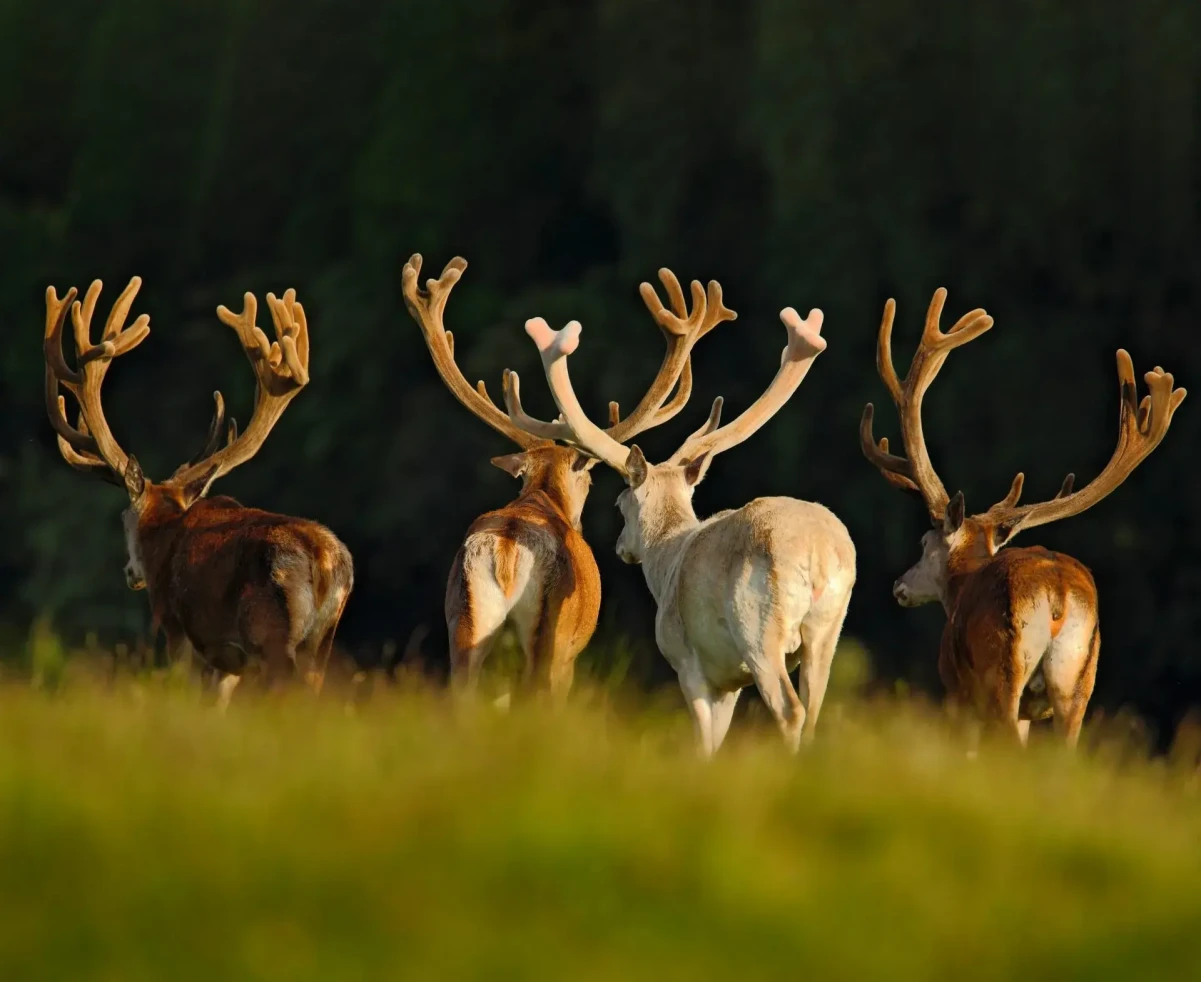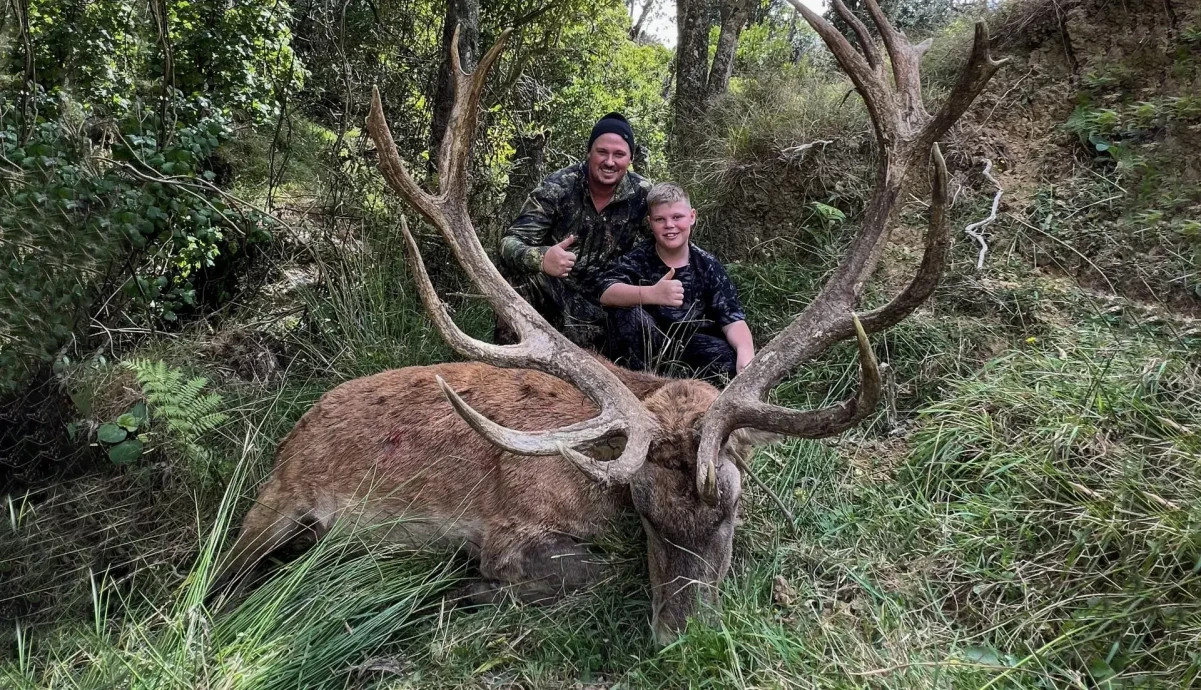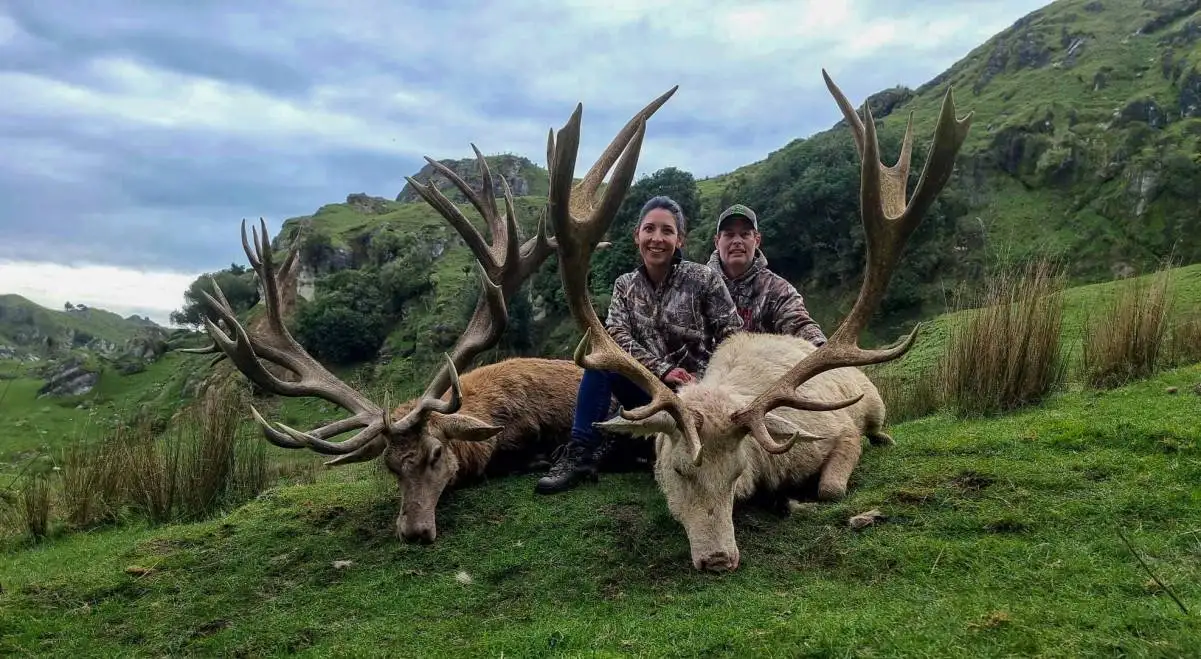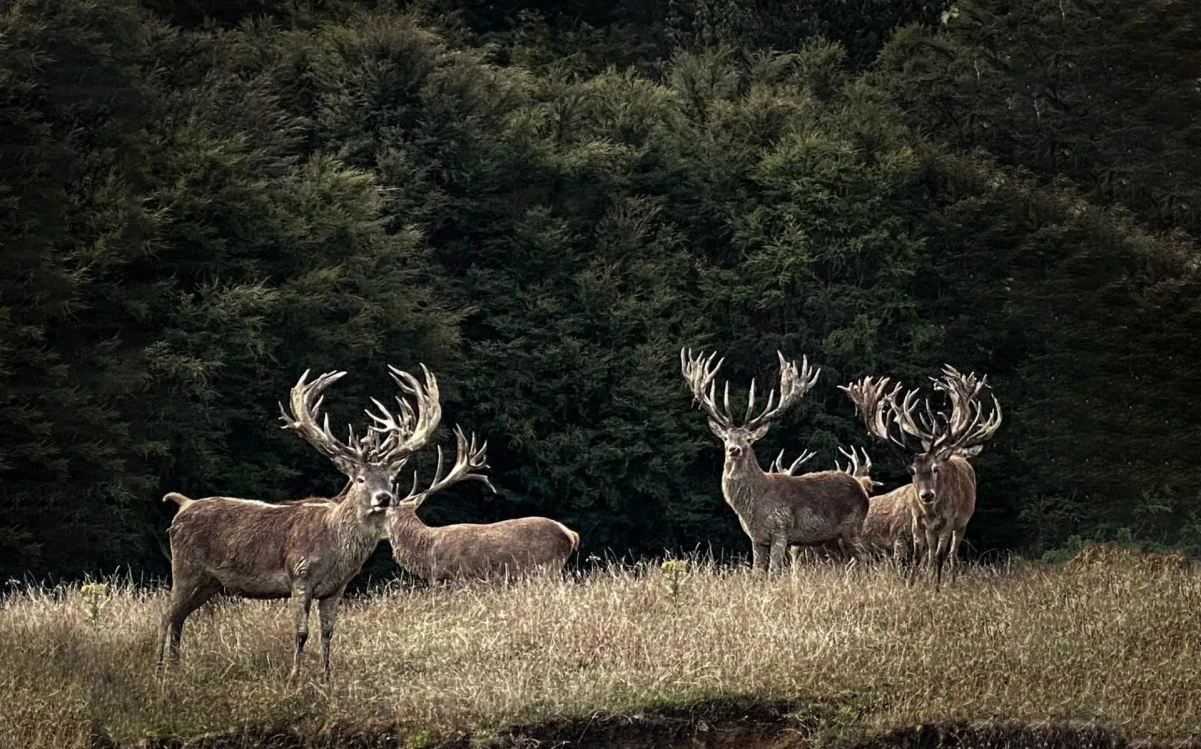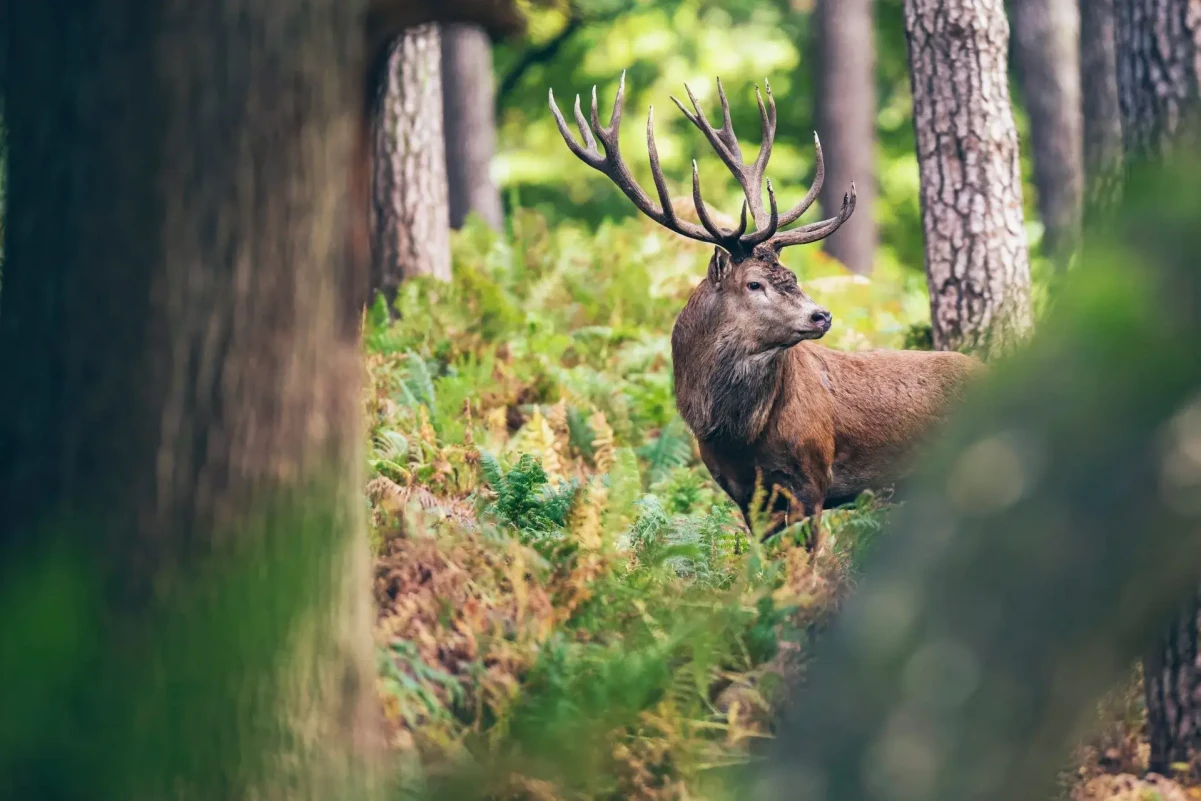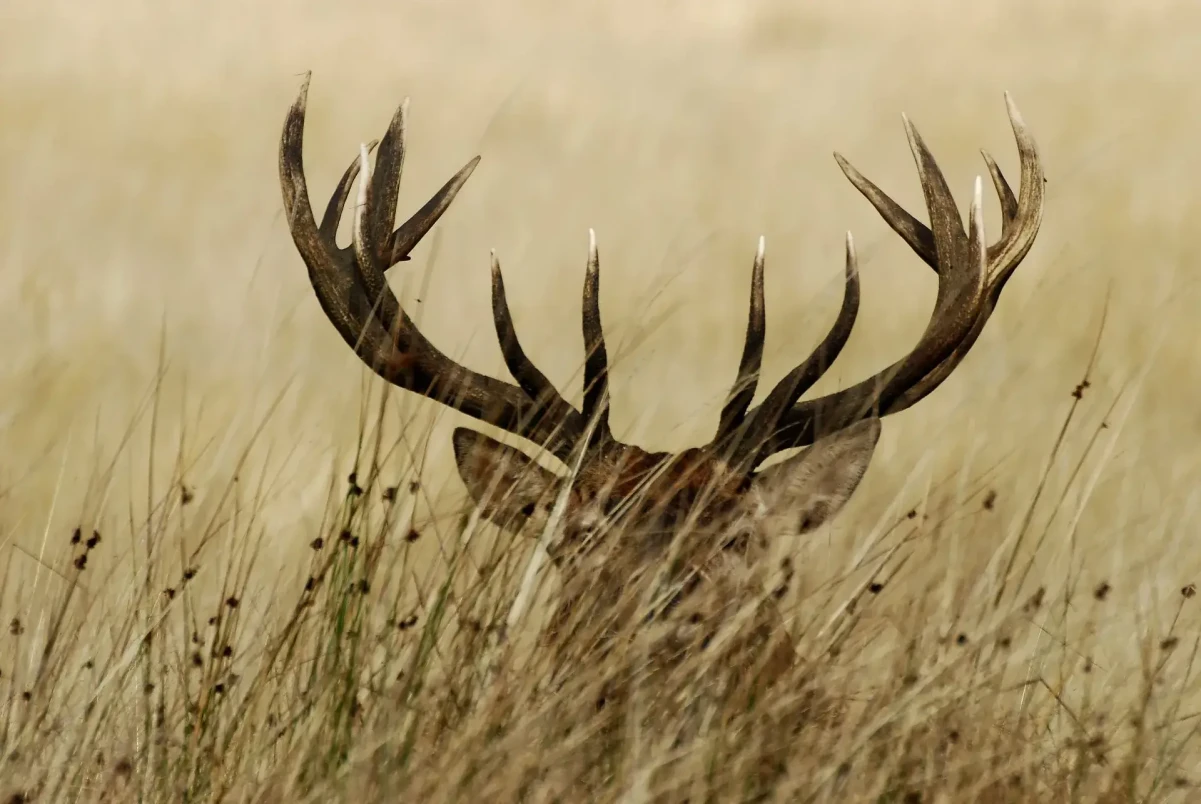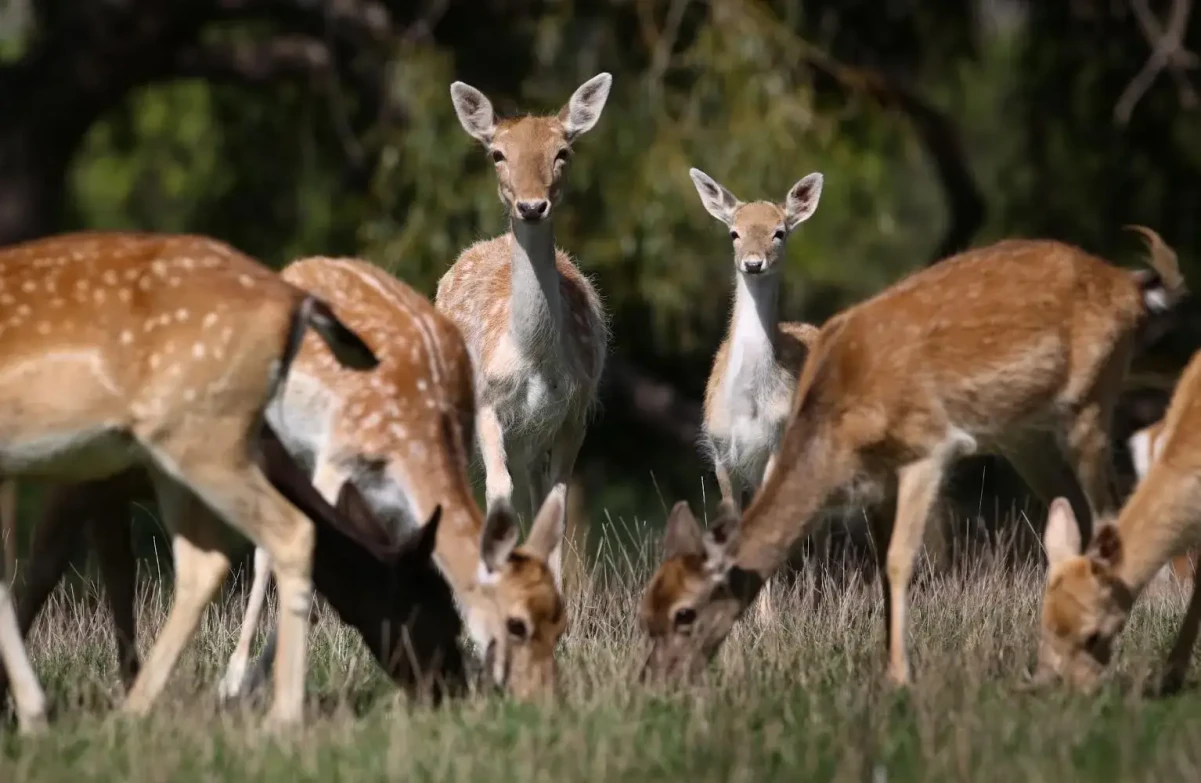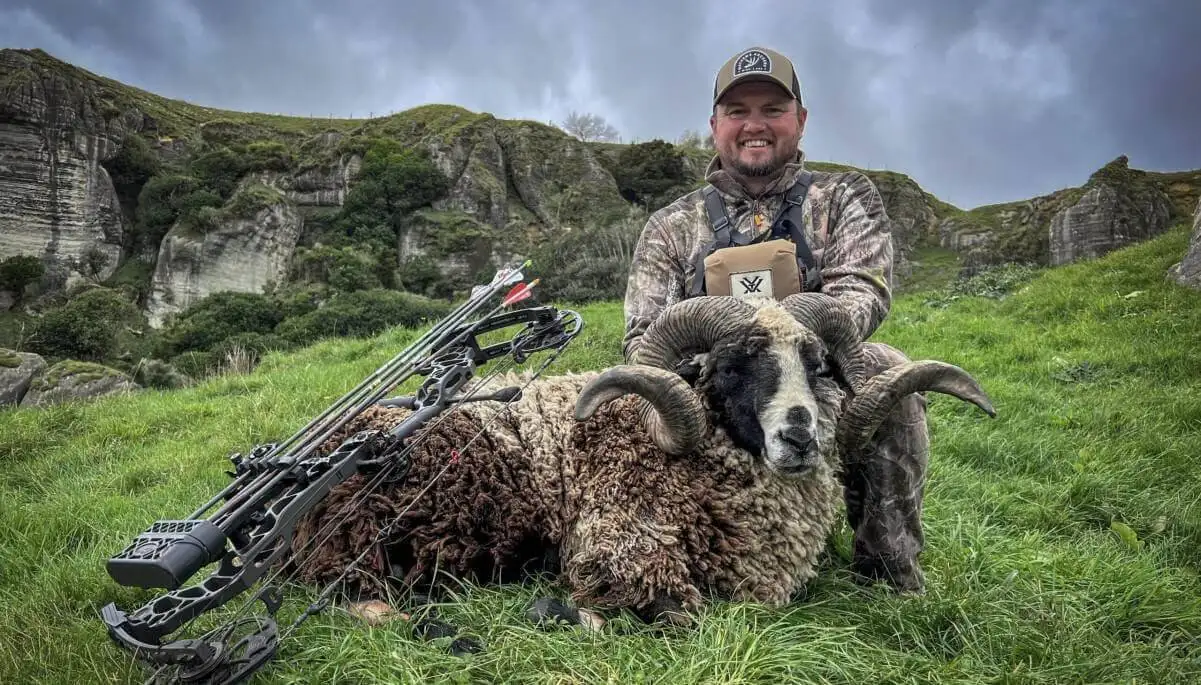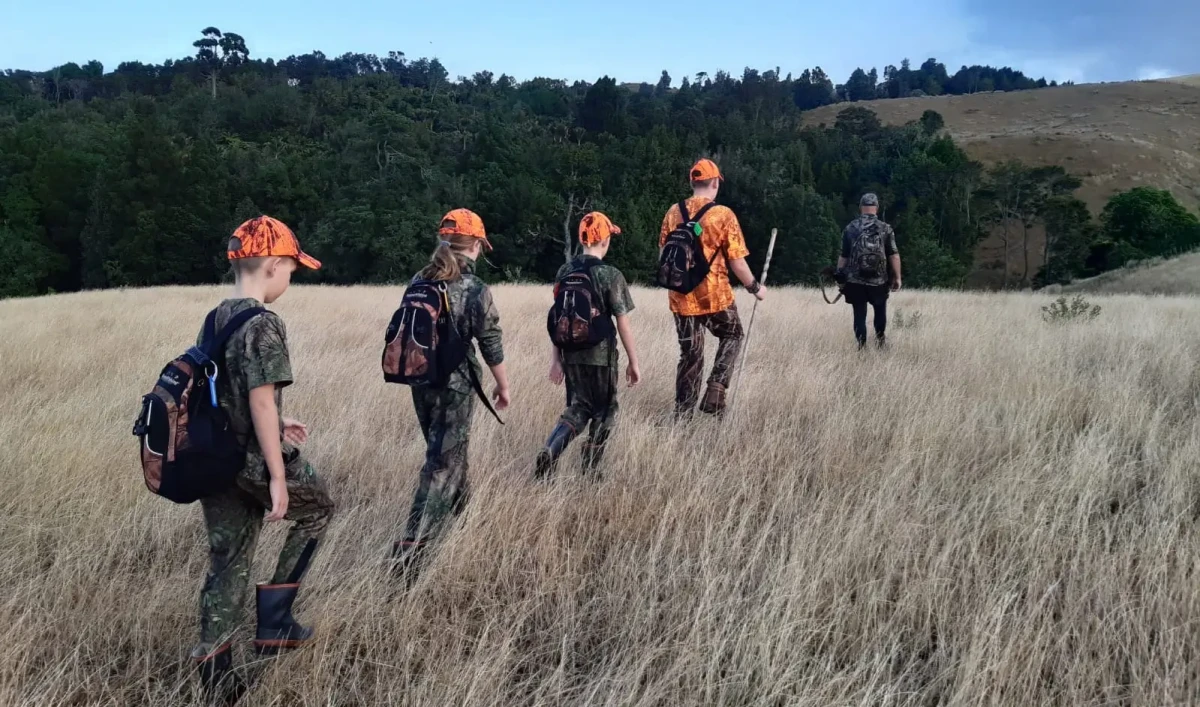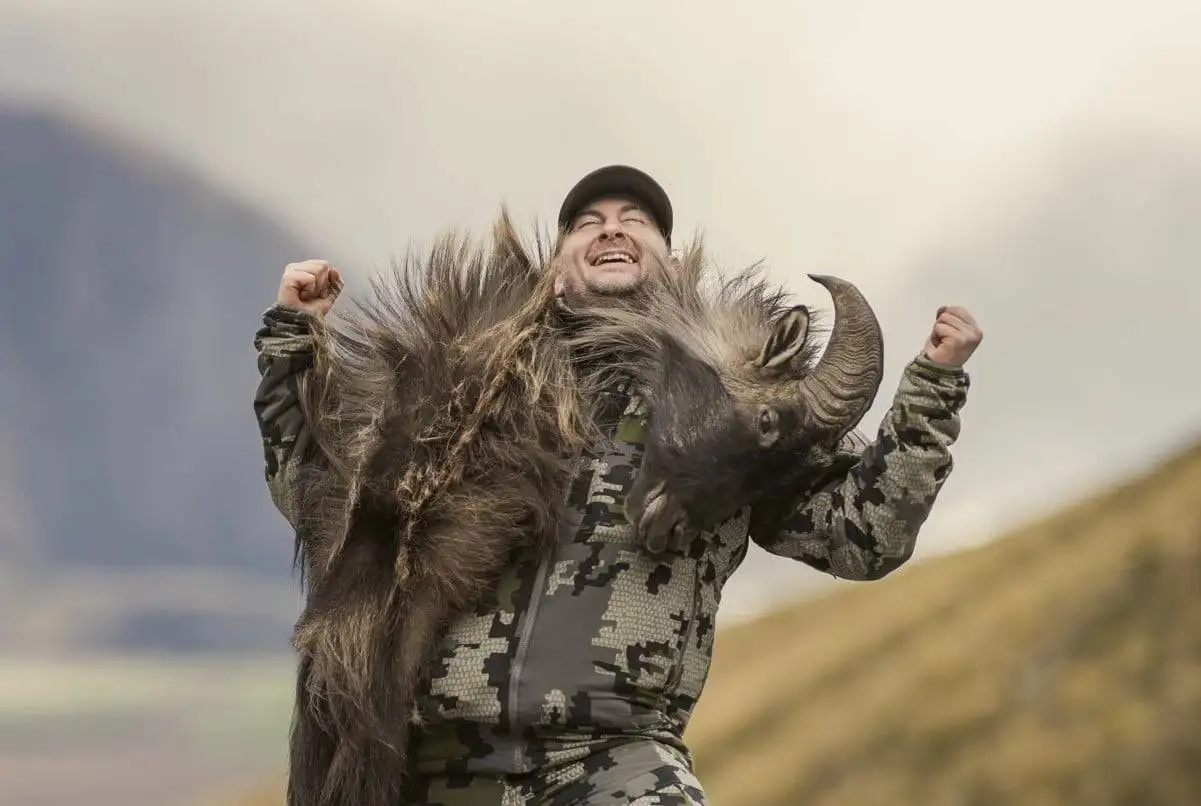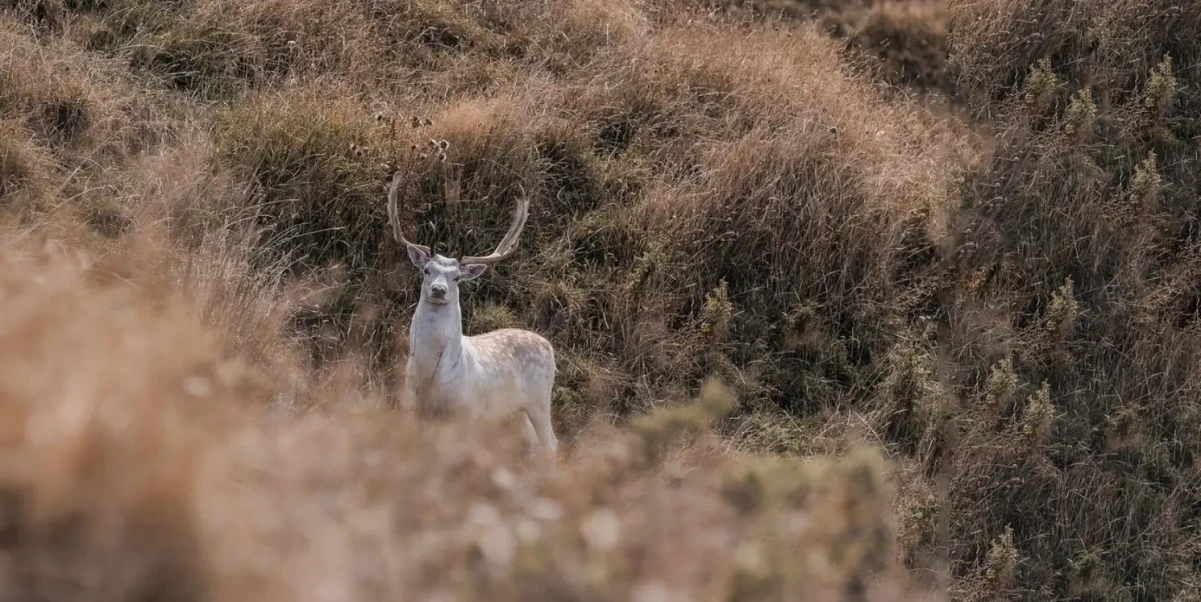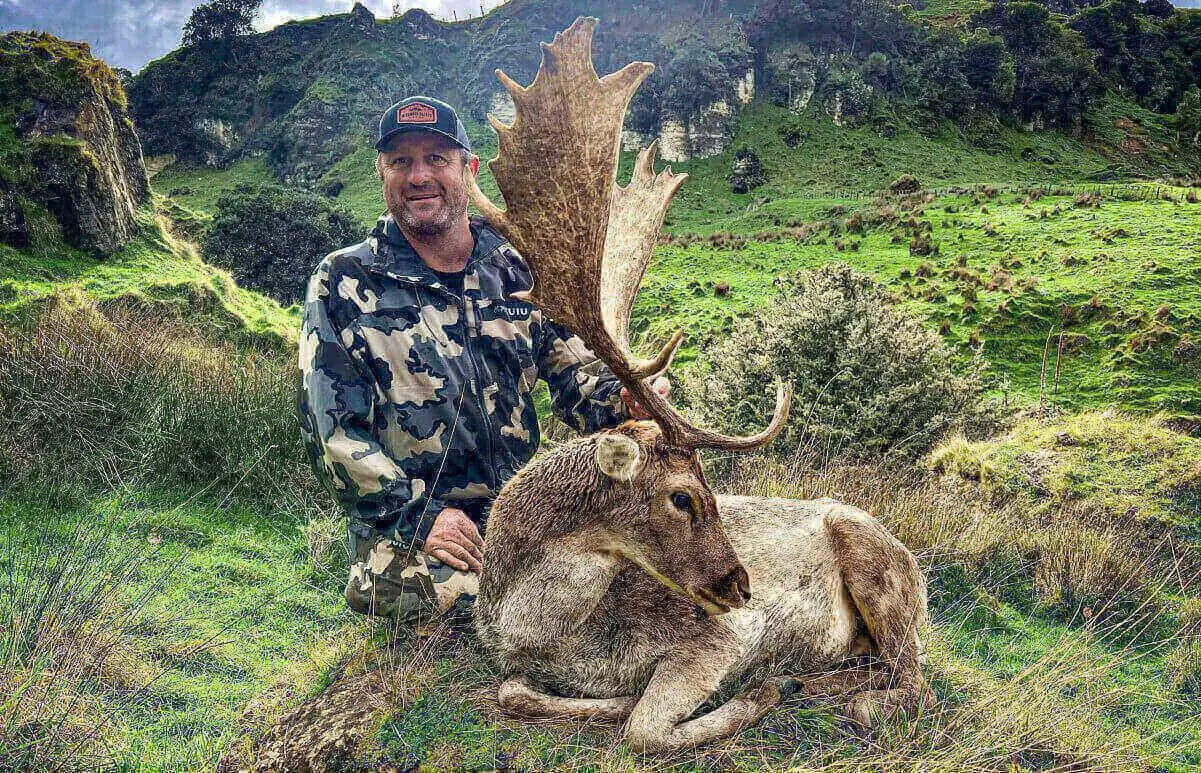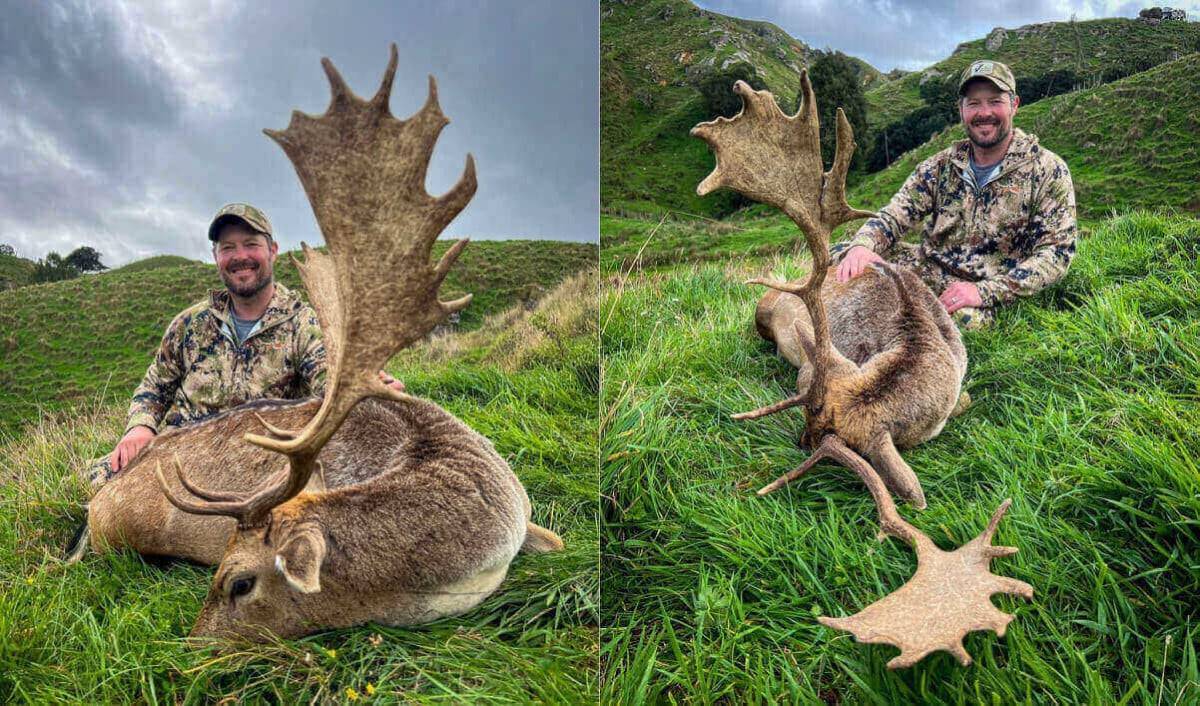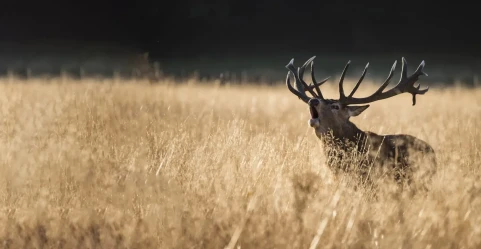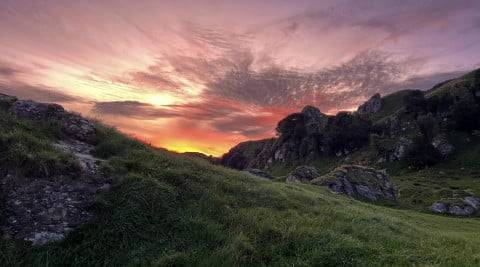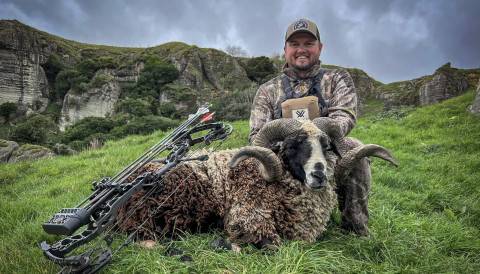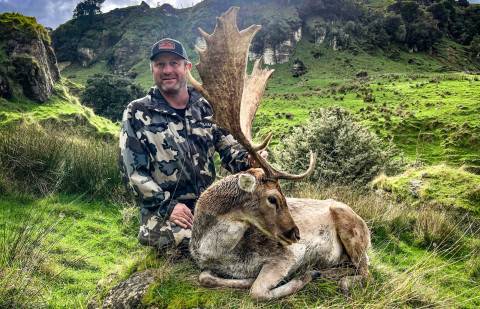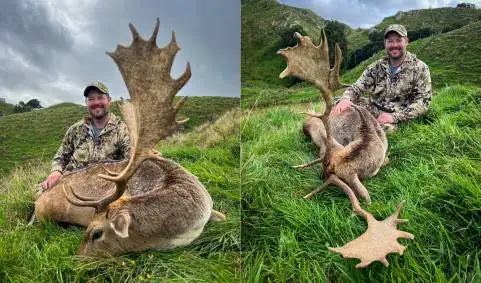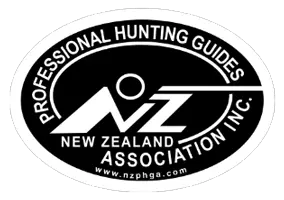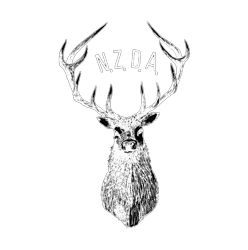NEW ARRIVALS AT ADVENTURE HUNTING!
At Adventure Hunting our goal is to host a sustainable and independent population of game, without any need for human intervention. We work hard to maintain our environment, preserve native plant species and eradicate pests, however what we find most exciting is watching our impressive species of animals grow their own population within a self sufficient habitat here at our block in South Auckland, NZ.
To initiate this independent population we have sourced and introduced a small population of species and monitor their progress regularly to ensure that they are healthy, happy and breeding successfully.
Recently we welcomed a number of new additions to our Adventure Hunting herds. Healthy new fawns over a range of breeds including a New Zealand rare breed have been born and signal an exciting new step for Adventure Hunting, in the start of the next healthy and independent generation of deer.






FALLOW FAWNS
We have had plenty of Fallow fawns in our group of new arrivals and just as they are in adults, their appearance is very different. Fallow deer can occur in a wide range of coat colours, from creamy white to dark brown/grey, and our new fawns don’t disappoint!
From a chocolate brown/melanistic fawn, to the “traditional” looking light brown with white spots which the world has always associated with young fawns, our new additions are proof of the wide variety of appearances Fallow deer can express. Their coat is likely to change as the fawns mature. For example, the light caramel coloured fawn will continue to lighten with age until it is eventually cream/white.
FALLOW FAWNS
Our herd of Danish White Red Deer are a breed we are excited to have here on our block at Adventure Hunting, as they are considered a rare breed in New Zealand and around the world. Genetically they are almost identical to Red deer displaying all the same charactoristics apart from the lack of pigmentation in their coat. There aren’t any known herds of these deer in the wild in New Zealand, so to have them here and seeing their population grow is great to see.
This breed has an astonishing appearance with their bright white coat and blue eyes. People have often assumed that these deer are actually albino blood line, however that isn’t true. They have a unique genetic quality which results in their amazing colour, whilst retaining the size, antler formations and behavioural traits of the famous Red deer.


